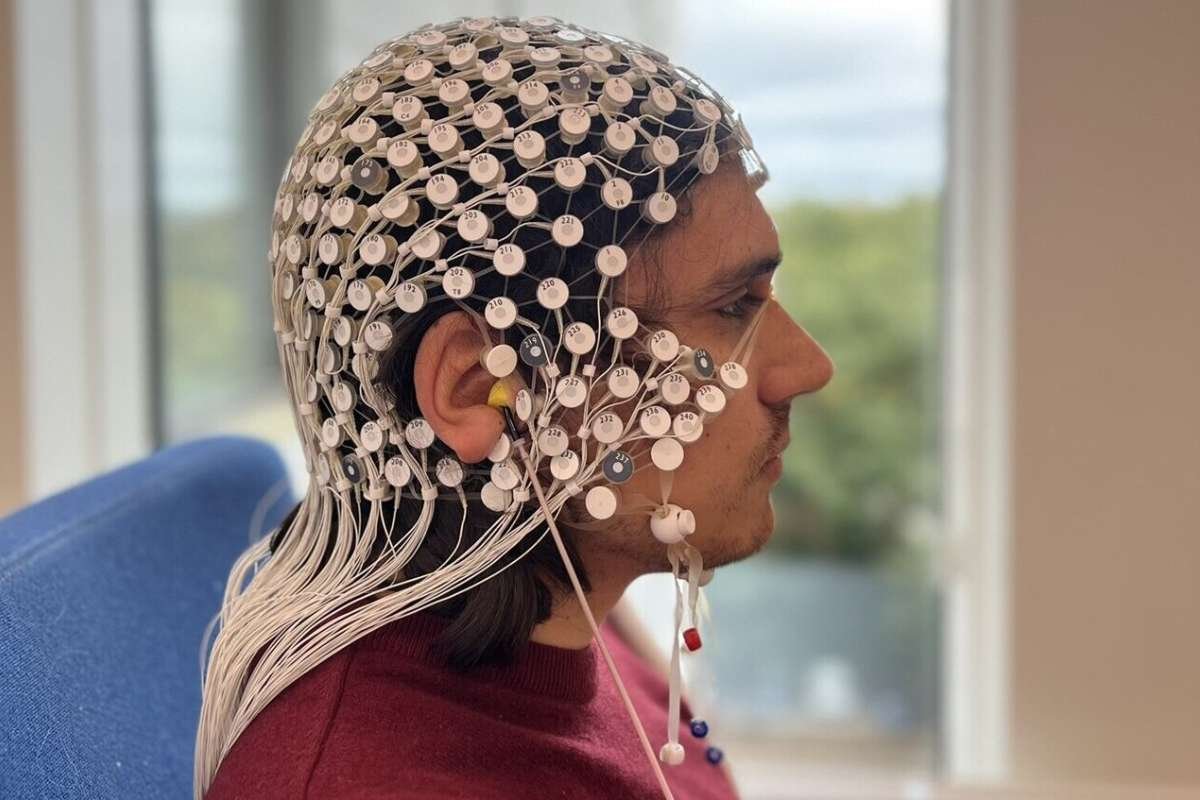As specialists in the fields of health and fitness, we often deal with customers who have the objective of losing weight. But by assisting customers in accomplishing their Weight-Neutral Approach, are we providing them with an unnecessary service? According to research, the prevalent worldview that focuses on weight does not result in bodies that are either slimmer or healthier.
According to a number of studies, the majority of people who try to lose weight intentionally for a prolonged period of time are unsuccessful. Why then do we put our resources towards something that has such a poor track record of accomplishment?
In addition to this, we should be conscious that this strategy has the potential to be detrimental to a large number of people. It may lead to an obsession with food and one’s body, habits of disordered eating and exercise, and recurrent cycles of weight loss and regain. Additionally, embracing a weight-reduction strategy can produce behaviors that are stigmatizing and discriminatory against those with bigger bodies.
To our good fortune, there has been a substantial amount of study conducted on the topic of using a Weight-Neutral Approach. This strategy not only has the potential to lower the risks that are often connected to taking a weight-focused approach to one’s health, but it also has the ability to provide more success over the long run as well as superior health outcomes.
What exactly is meant by the term “weight-neutral approach”?

A Weight-Neutral Approach is one that does not prioritize the reduction of body fat or the attainment of a thinner physique as the primary objective of one’s efforts. The objective is to develop an appreciation for one’s physical form and acquire the skills necessary to form healthy routines. The use of one’s weight as an indication of one’s health is not something that is done in conventional methods of weight reduction. Changes in clients’ behaviors, rather than their weight, are emphasized as the most effective way to enhance their health and the outcomes of their medical conditions, regardless of their size.
In the short as well as the long term, providing assistance to clients of all sizes in reframing their weight-loss objectives from outcome-based to behavioral change will help enhance motivation, pleasure, and involvement in physical exercise.
It is a frequent misunderstanding that this method is counterproductive to the goal of losing weight; nevertheless, there is a distinction to be made between unintentional and deliberate weight reduction. Our customers are able to detach themselves from the idea of losing weight as their major objective when that objective is not the primary emphasis. This allows them to prioritize their health above their size.

They have the option of adopting a Weight-Neutral Approach strategy that places more of an emphasis on changing their behaviors, improving their health, eating for their overall well-being, and exercising more in order to improve their quality of life rather than using weight loss as a success metric. Adopting new habits may result in weight reduction; nevertheless, adopting healthy habits will have an influence on a client’s health regardless of whether or not the client loses weight as a consequence of those behaviors.
Instead of trying to control an outcome such as weight loss, which is heavily influenced by controllable and non-controllable factors, it can be more empowering for health and exercise professionals to focus on behaviors and habits, as the individual has control over these things, rather than trying to control an outcome such as weight loss.
Here is How to Make More of an Impact by Adopting a Weight-Neutral Approach;
1. How can you assist your clients in adopting a mindset that is weight neutral?
Programming should be developed that focuses on boosting strength, enhancing cardiovascular fitness, and other objectives that are not oriented toward weight loss. It will also help make programs far more accessible, pleasurable, and sustainable for a larger spectrum of customers if alternatives (progressions and regressions) are provided for all bodies.

Listen carefully to your coaching, and keep in mind that the way you express yourself is important. It is crucial to reinvent customers’ aesthetic objectives and work together with clients to reframe goals such that they concentrate on life improvement at every size when guiding clients via movement. It is important to rephrase phrases like “a few more curls and you’ll have your summer arms” to “another curl might mean that it will be simpler to pull that bag of groceries in from the shop.”
Perform a walkthrough of your exercise facility. Are all forms of bodily expression welcome in the settings that you provide? Do you have any signage that just features one particular body type? Do you have any scales or measuring equipment that might be damaging to persons or create worry in them, particularly those who have bodies that are marginalized? How can you design an environment that promotes a Weight-Neutral Approach without adding the pressure of needing to reduce one’s weight?






.jpg)
